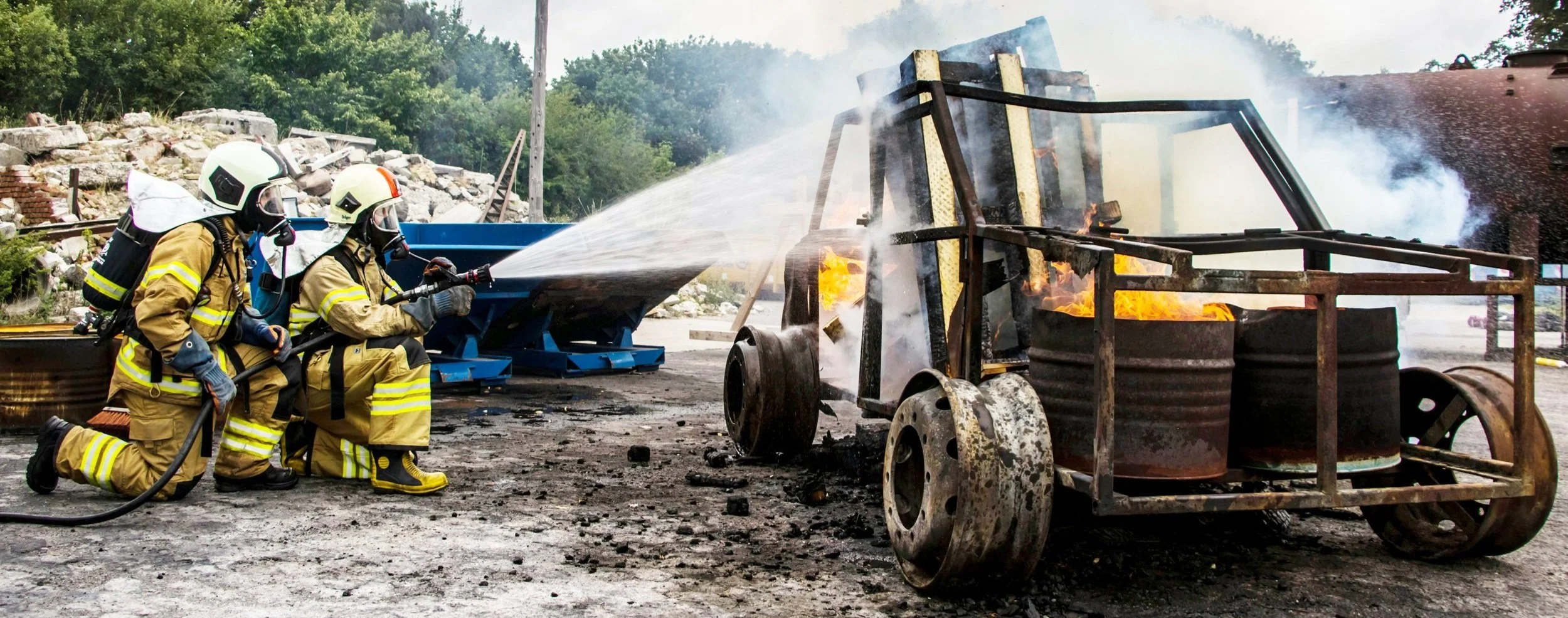Uniforms & Safety Compliance:
What Every Industrial Buyer Should Know
When it comes to industrial sectors — construction, energy, manufacturing, logistics — uniforms aren't just about branding or team spirit.
They are a critical component of workplace safety compliance.
Choosing the right workwear means understanding the fine balance between protection, comfort, and regulation.
Here’s what every smart industrial buyer needs to know before signing off on the next uniform order.
🛡️ 1. PPE and Uniforms: A Seamless Integration
🧠 85% of workplace injuries could be prevented with proper PPE and compliant uniforms.
(Source: National Safety Council, 2024)
Personal Protective Equipment (PPE) isn’t just helmets and gloves — it also includes the very clothes your teams wear.
Modern industrial uniforms are designed to:
Resist tears and abrasions
Shield against chemical splashes
Protect from heat, flames, and electrical hazards
Enhance visibility in dangerous environments
Uniforms should work hand-in-hand with PPE — not against it.
🔥 2. Fire-Resistant (FR) Clothing: A Legal Must-Have
🔥 FR garments reduce burn injury severity by up to 50%.
(Source: Occupational Safety and Health Administration - OSHA)
Industries like oil & gas, electrical, and chemical manufacturing require mandatory FR uniforms by law.
Here’s what you should look for:
Compliance with NFPA 2112 (flame-resistant clothing standard)
ASTM F1506 certifications for electrical arc flash protection
Breathable, moisture-wicking FR fabrics for comfort
FR uniforms must be properly labeled, maintained, and replaced if damaged — compliance is ongoing, not a one-time check.
👷♀️ 3. High-Visibility (Hi-Vis) Uniforms: See and Be Seen
🦺 Nearly 60% of vehicle-related workplace fatalities happen because workers weren’t seen in time.
(Source: U.S. Bureau of Labor Statistics, 2024)
Hi-Vis uniforms are critical for:
Roadway construction teams
Warehouse and logistics workers
Utility and maintenance crews
Buyers should look for:
Compliance with ANSI/ISEA 107 or equivalent hi-vis standards
Bright fluorescent fabrics (lime, orange, red)
Reflective tape placements on torso, arms, and legs
High-visibility workwear literally saves lives in high-traffic or low-light environments.
⚖️ 4. Meeting Industry-Specific Standards Is Non-Negotiable
Each industry has its own set of uniform compliance rules:
Construction: High-visibility + durable FR options
Oil & Gas: Arc flash, chemical resistance, and FR
Manufacturing: Cut resistance, fire protection, ergonomic designs
Transport & Logistics: Hi-vis compliance, moisture-wicking for all climates
A simple cotton shirt won't cut it anymore.
Industrial buyers must ensure uniforms meet the specific certifications and industry norms relevant to their operations.
📜 5. Documentation, Testing, and Certification Matter
🧾 Over 70% of buyers believe third-party certified workwear provides greater employee trust.
(Source: Safety Apparel Procurement Trends Report, 2024)
Before finalizing your supplier, ask for:
Fabric test reports
ANSI, EN ISO standards)
Batch consistency reports for large orders
Proper documentation ensures you are legally protected — and your teams are physically protected.
📈 Conclusion: Uniforms Are Your First Line of Defense
When it comes to workplace safety, every detail matters — down to the stitch.
Industrial buyers must move beyond price tags and start demanding compliance, certification, and durability from their uniform partners.
Because at the end of the day, uniforms aren’t just clothing — they’re life-saving gear.
👋 How Authent Textile Helps
At Authent Textile, we specialize in manufacturing safety-compliant industrial uniforms that don’t just meet standards — they set them.
Certified FR and Hi-Vis collections
PPE-integrated workwear solutions
Durable, breathable, and performance-driven fabrics
Custom branding without compromising on safety
Full compliance documentation for peace of mind
📩 Visit www.authenttextile.com or connect with us at info@authenttextile.com
Because when it’s about safety, “good enough” isn’t enough.
📚 Sources:
National Safety Council Report, 2024
OSHA Workplace Safety Standards, 2024
U.S. Bureau of Labor Statistics, 2024
Safety Apparel Procurement Trends Report, 2024

